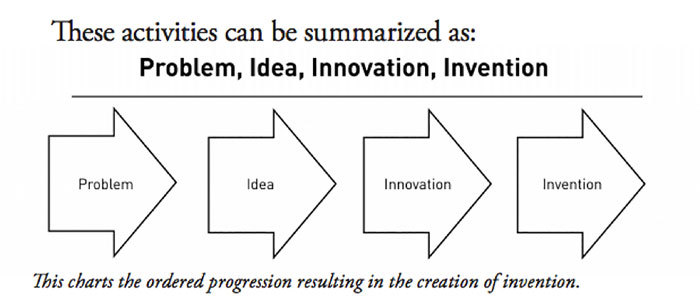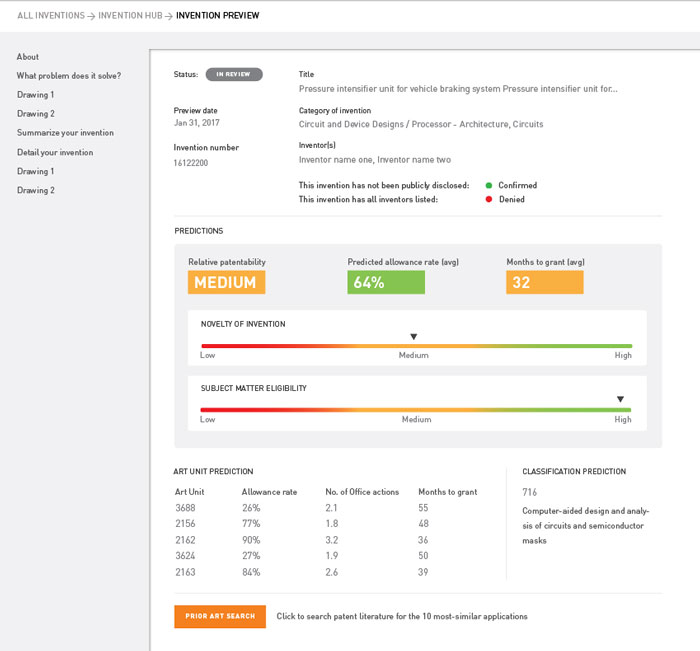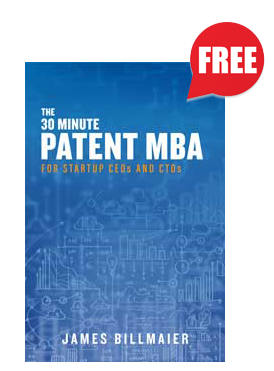This is #8 (and the final post) in our series of chapter excerpts from the book The 30 Minute Patent MBA by TurboPatent CEO Jim Billmaier. Want to get the full ebook for free? Grab it here.
Inventioneering
The process diagramed below occurs thousands of times each day throughout the world. The output of this work is usually one or more of the following: a PowerPoint deck, a product specification, system diagrams, flowcharts, CAD drawings, and maybe even a prototype.

All of these outputs are communication instruments used to create a common understanding among the stakeholders to the Inventioneering process including engineers, designers, marketers, salespeople, manufacturing workers, and executives.
A subsequent patent application is, in fact, simply another form of the same information. Most often a patent application can and should be created and filed far faster than the actual product can be built. Using a patent machine, an inventor can input the same information he or she is already creating in the engineering and development process—but now that information is used to produce a rough draft of a provisional patent. That draft provisional patent can then be rapidly reviewed and, once approved by your company, quickly completed and filed.
The below chart shows the ordered progression resulting in the creation of invention. Additionally, the same techniques used to identify worthy problems and novel solutions for the purposes of building products also can be used to anticipate future problems and predict future technologies that will allow for the creation of valuable IP.
In non-Inventioneering cultures, inventors often see the patent process as a nuisance getting in the way of their “real” jobs. As a result, their invention disclosures are anywhere from nonexistent to woefully incomplete. Requests for more and better information fall on deaf ears, leaving the person responsible for drafting an application to his or her own inventiveness. In these conditions, patent quality inevitably suffers. Even the best patent practitioners are not mind readers.
With Inventioneering and the use of a patent machine, these problems are eliminated at this phase of the process. The inventor uses an invention-capture system that is synergistic with his or her daily work efforts. The patent machine delivers for review a well-written and carefully illustrated draft of a provisional, along with an invention summary report containing analytical decision support metrics.
The Invention Summary Report (see below) uses massive amounts of data from the USPTO and other sources to analyze the submission and provide pertinent predictions on such things as abstraction risk, novelty, and obviousness, as well as the likely assignment of the USPTO Art Unit and important associated statistics for that Art Unit.

Tools and Technologies
The Patent Machine
Patents are, by definition, highly structured documents that must follow a fixed set of rules published by the patent office. Thus, the automation of patenting is a bounded, structured, and proven to be a tractable technical problem. The result is that utilizing patent automation saves both time and money. The good news is that it also yields superior results.
Using the latest techniques in NLP, machine learning, and data analytics, so-called patent machines are already automating many of the tasks required in the drafting, prosecution, and assessment of intellectual property. The output of this computer-automated patenting approach is faster, cheaper, and of higher quality than that of even the most seasoned and efficient patent practitioners.
In short, a human patent master will never beat the patent machine; in fact, over time, the performance gap will only increase.
You would not hire a software developer who did not know how to use GitHub or a modern IDE. Similarly, you would not hire a designer or engineer who could not use the profession’s power tools. So why would you hire a patent professional who employs Microsoft Word as be all end all of automation?
This has been an excerpt from the book The 30 Minute Patent MBA by Jim Billmaier. Used by permission of the author. Want to get the full ebook for free? Grab it here.
Ready to learn even more? Check out Inventioneering also by Jim Billmaier.





